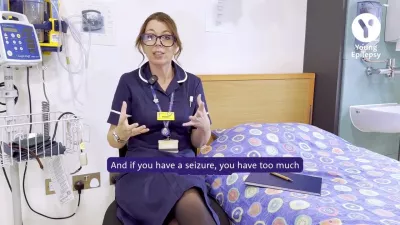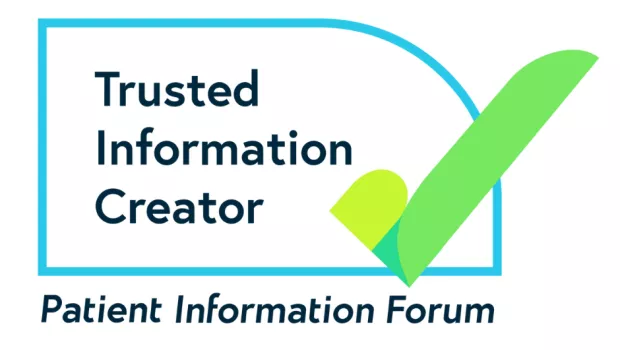On this page we tell you about what an epileptic seizure is, signs and symptoms of an epileptic seizure, epileptic seizures in babies and infants, and non-epileptic seizures and episodes.
What is an epileptic seizure?
An epileptic seizure happens when there is a sudden electrical discharge in the brain. It can happen in different parts of the brain. The type of seizure you have depends on where in the brain the sudden electrical discharge happened.
Watch one of our nurses explain what an epileptic seizure is:





